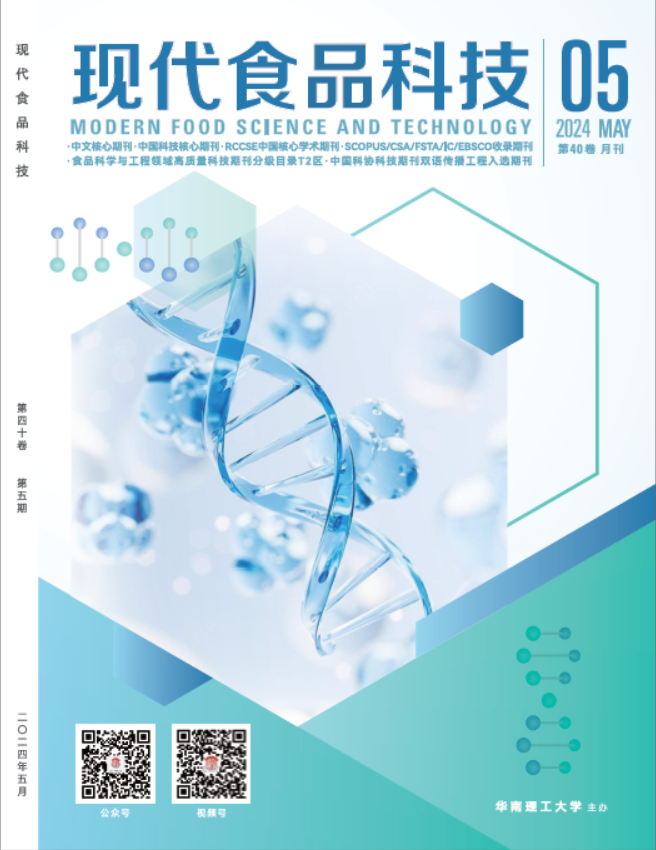Abstract:
To explore the hypolipidemic effects of the dietary fiber from Suaeda salsa on rats with hyperlipidemia, 56 male SD rats were randomly divided into 7 groups: normal group, Suaeda salsa dietary fiber prevention group, high-fat model group, positive control group, and three intervention groups with high, medium and low concentrations of dietary fiber in Suaeda salsa. After 6 weeks of intervention, the body weight, food intake, organ weight, periepididymal fat weight, liver coefficient, arteriosclerosis index and serum lipid levels of the rats in each group were measured. Results: Compared with the high-fat model group, the body weight, food intake, heart, liver, spleen, lung, kidney, periepididymal fat weight, liver coefficient, and arteriosclerosis index of the intervention group all decreased, with the largest decreases being 26.21%, 26.66%, 27.01%, 46.03%, 35.71%, 3.43%, 22.69%, 57.14%, 39.92% and 76.94%, respectively. In terms of blood lipids, the TC, TG, and LDL-C values of the higher-fat model group in the intervention group all decreased, with the largest decreases being 19.12%, 87.20%, and 60.50%, respectively. Compared with the positive group, LDL-C decreased by 38.16% and HDL-C increased by 27.01% in the high-dose group (p<0.05). Compared with the normal group, the organ weights of the prevention group were reduced to different extents. The TG and LDL-C values of the prevention group (68.85% and 31.64%, respectively) were lower, whilst the HDL-C increased by 12.88%, compared with those of the normal group. These results indicated that the dietary fiber of Suaeda salsa had desirable effects on monitoring body weight, food intake, organ weight, perididymal fat weight, liver coefficient and arteriosclerosis index of hyperlipidemic rats, and exhibited a lipid-lowering effect on hyperlipidemia.

